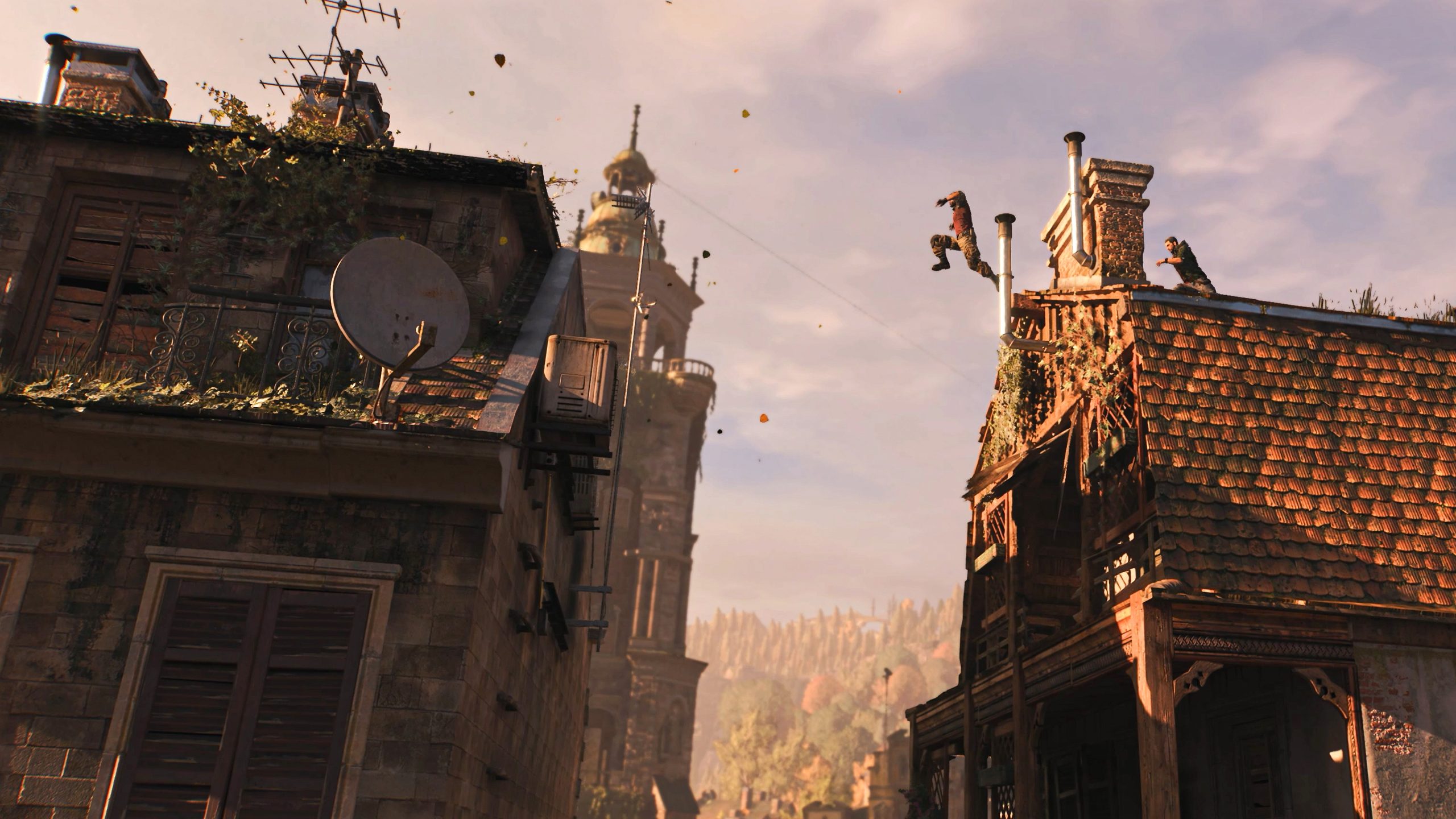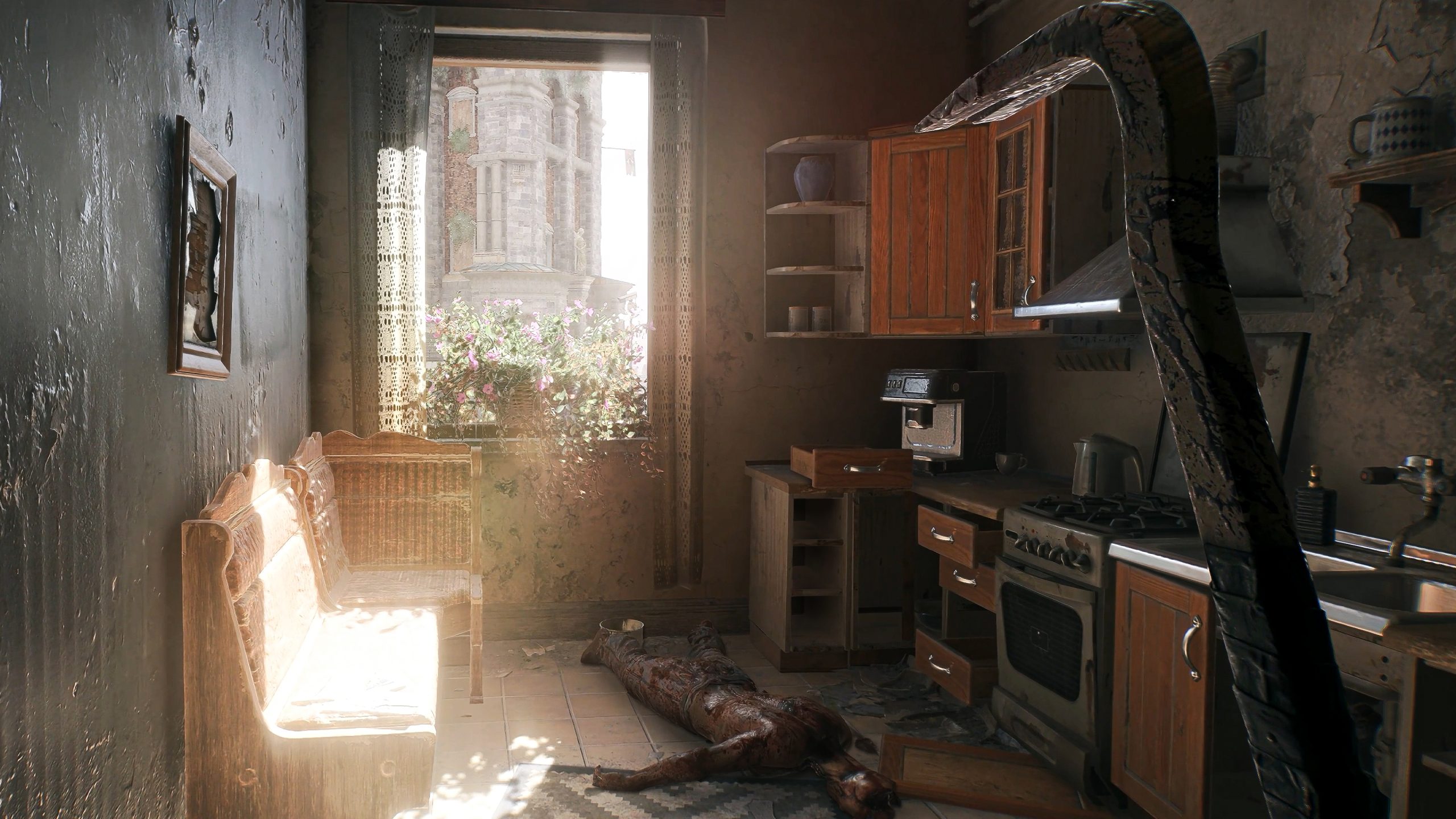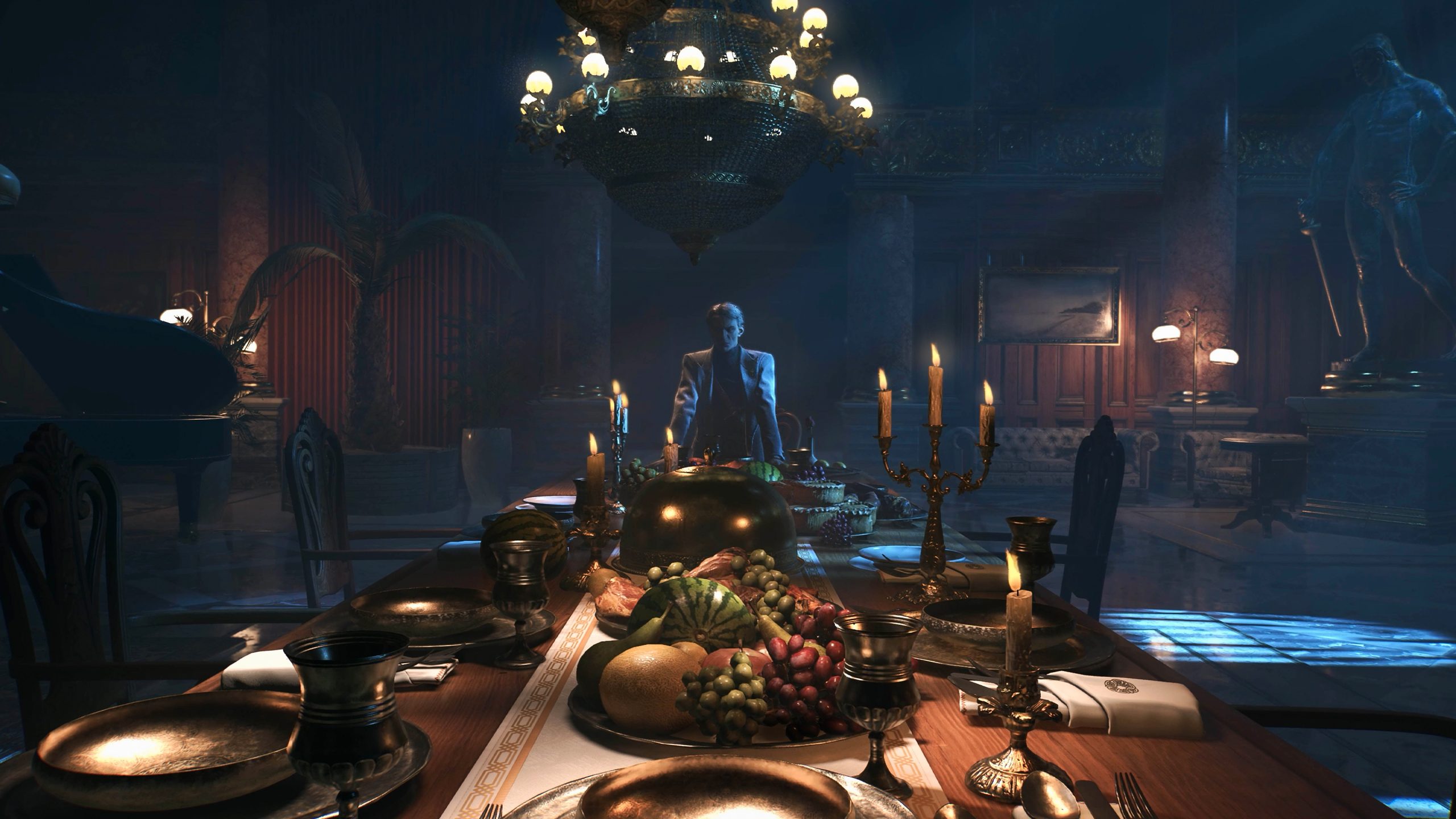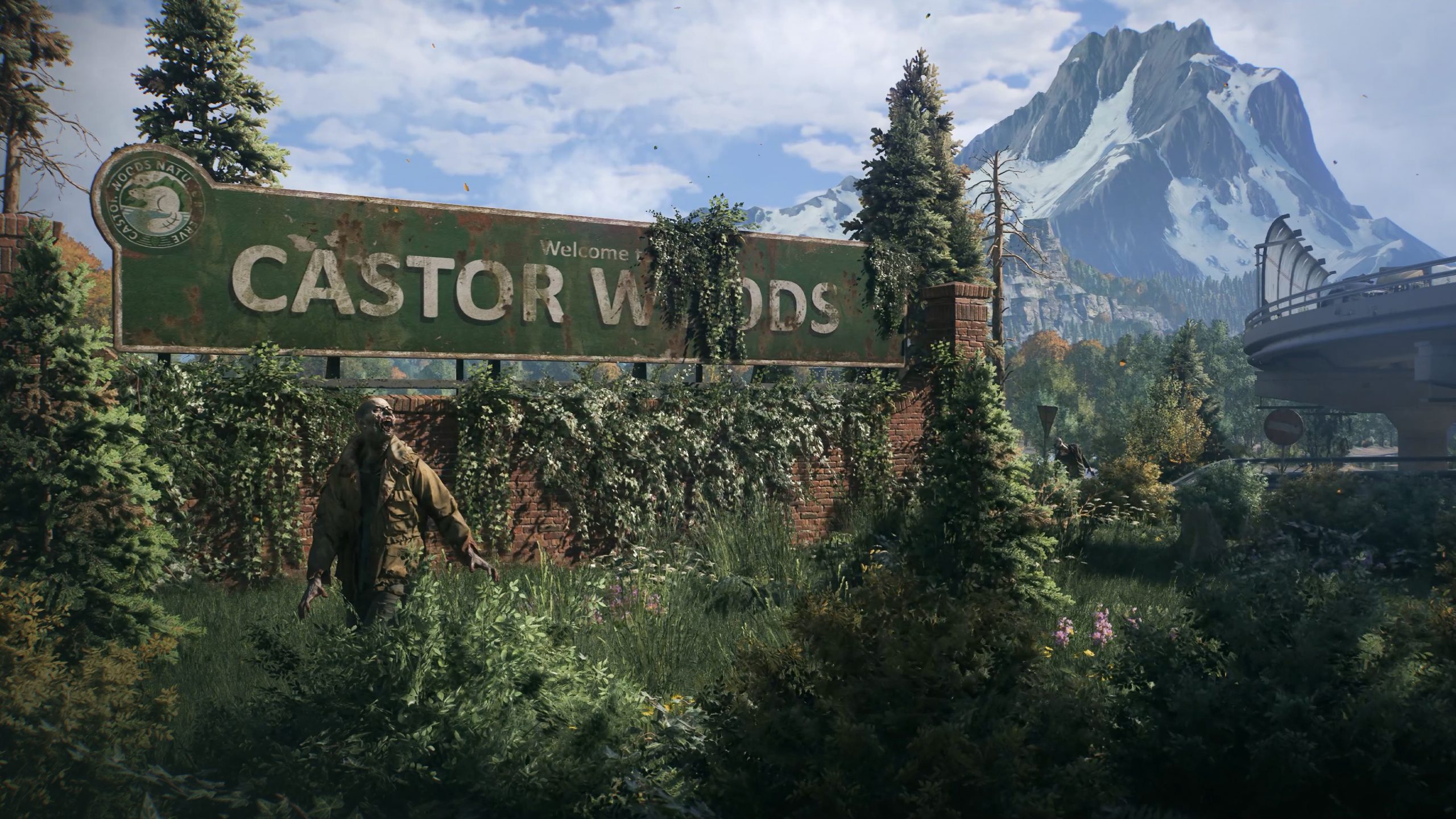During a recent North American preview event, we tested an early build of Dying Light: The Beast, exploring the return of protagonist Kyle Crane after over a decade of imprisonment. The demo highlighted a grittier, more vengeful version of Crane, blending familiar parkour mechanics with brutal combat against both humans and mutated foes. Early segments showcased tense escapes, revamped safehouse mechanics, and a vehicular chase culminating in a boss battle against a colossal infected creature. The session concluded with Crane voluntarily infusing himself with pathogen-laced blood, hinting at the transformative journey ahead.
Post-demo, we discussed the project with Tymon Smektała, Franchise Director. The title launches August 22 on PC, PS5, and Xbox Series X|S, with last-gen versions arriving later.

Why choose a standalone release over DLC for Dying Light 2?
Crane’s story demanded its own space. While initial plans were smaller, continuous expansions transformed this into a full-scale sequel. The campaign spans 20+ hours, with side content doubling playtime. Our upgraded C-Engine enhances environmental detail and lighting beyond previous entries. We’re transitioning to shorter development cycles, aiming for richer, more frequent releases without sacrificing quality.
How does Crane differ from his original portrayal?
Beyond new mutagen-fueled abilities, his character arc reflects years of trauma. Roger Craig Smith’s voice acting captures Crane’s rage and gradual reconnection with humanity. Mechanically, his movement retains weight—less acrobatic than Aiden from DL2, prioritizing physicality over agility.
Do Beast-mode powers affect traversal?
While primarily combat-focused, some abilities can bypass traversal puzzles. Initially considered restricting this, we embraced emergent playstyles—if players creatively exploit mechanics, they deserve the reward.
How are Chimera encounters structured?
Most battles are story-mandated to ensure players experience key set pieces. Optional variants require environmental awareness, though minimal map markers encourage organic discovery.




New mission types?
Vehicles play a larger role, featuring races and convoy assaults. Returning Techland alumni with racing game expertise crafted driving mechanics, hinting at future vehicular combat potential.
Firearm improvements?
Guns receive meticulous attention to recoil, impact physics, and audio design. While customization focuses on upgrades rather than modular crafting, they’re viable against human enemies. Melee durability remains divisive but integral to survival tension.
Nighttime adjustments?
Rural environments limit parkour escape options, amplifying vulnerability. Volatile AI and visual redesigns heighten horror, complemented by authentic lighting that demands flashlight use.
Platform considerations?
Current-gen hardware maximizes material textures and dynamic weather. Switch 2 ports remain unconfirmed. Launch is digital-only, with possible limited physical editions later.




Key takeaways?
Observe environmental storytelling—every asset reflects painstaking craftsmanship. This isn’t mindless zombie-slaying; strategic resource management and adaptability are crucial. Newcomers receive integrated lore summaries, while veterans appreciate nuanced callbacks.

